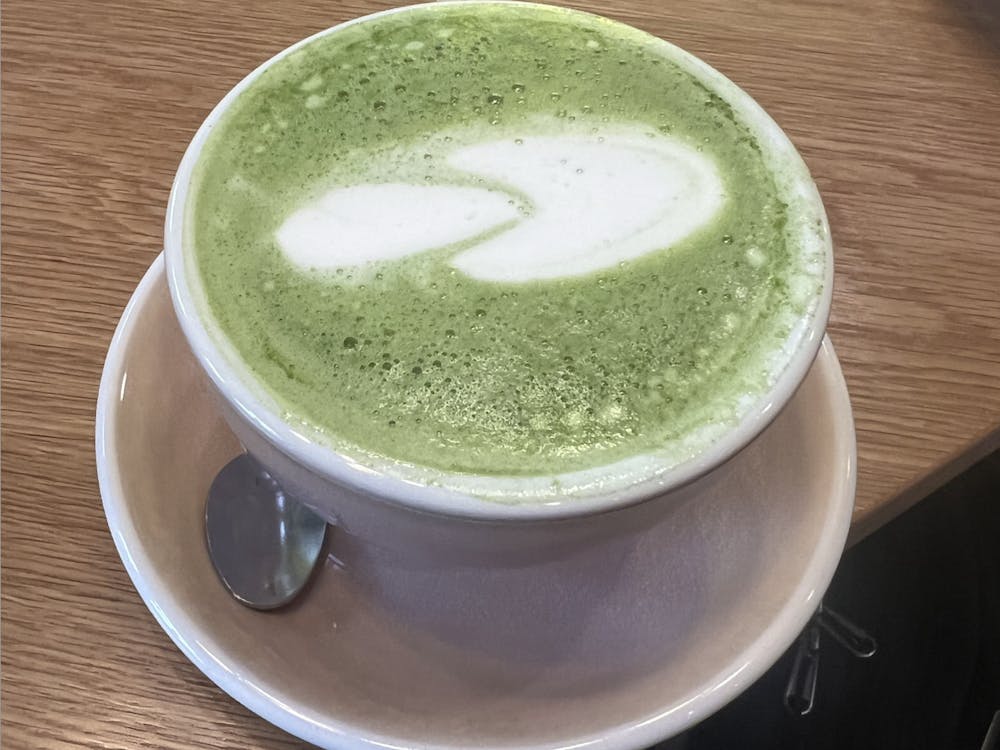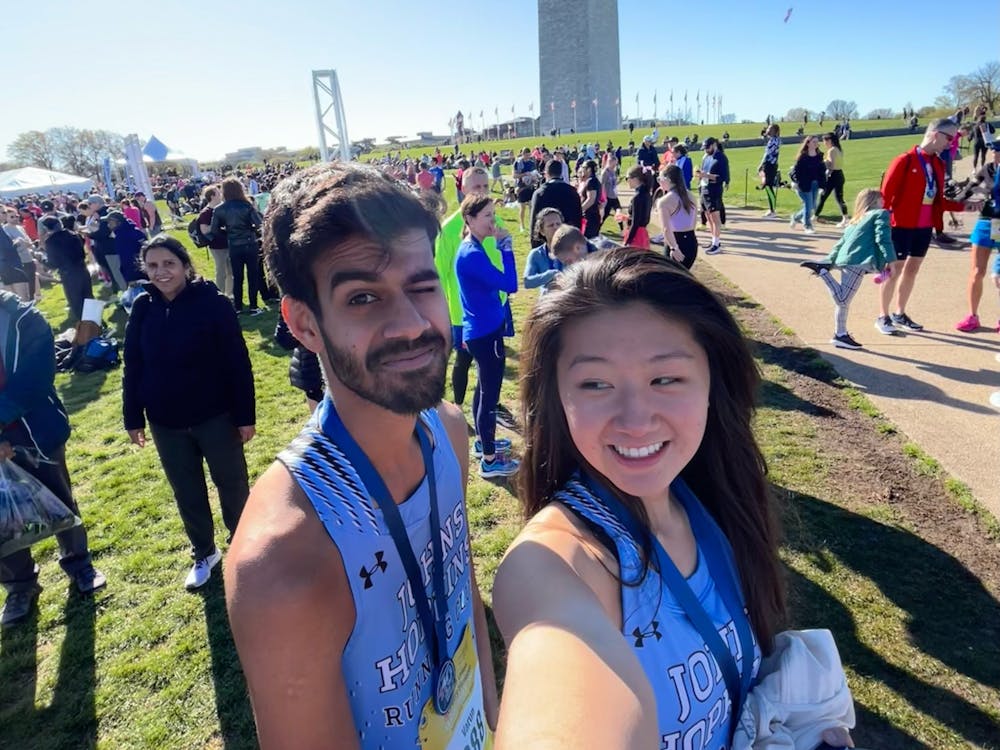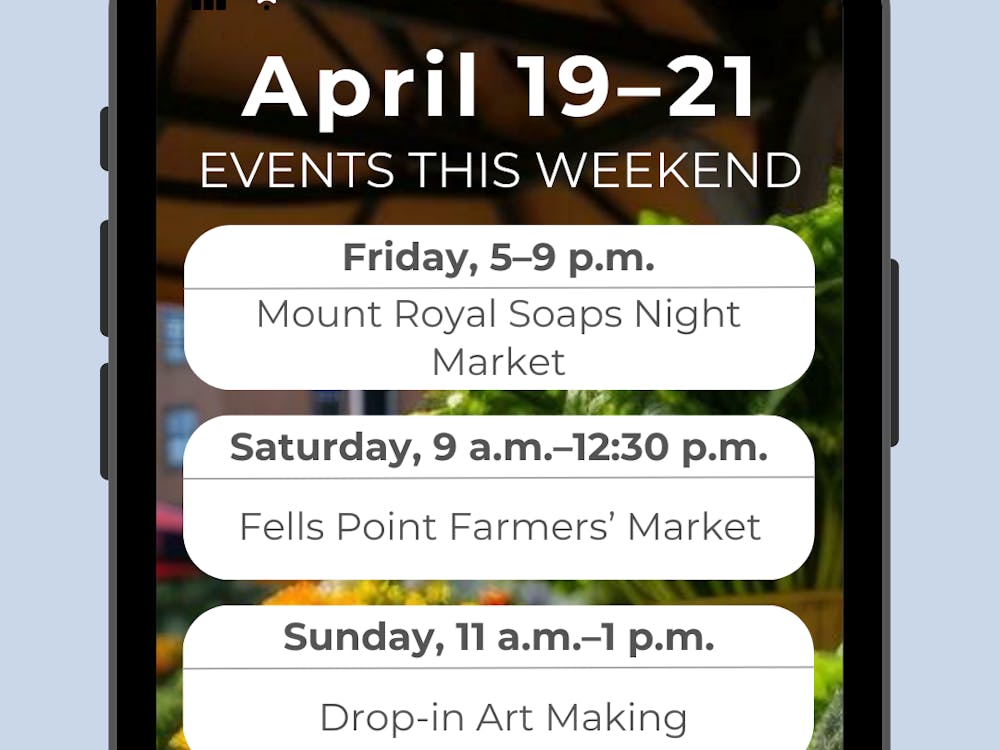There’s an epidemic at Hopkins, and, no, it’s not the freshman plague. It’s something even deadlier. You might wonder, given our proximity to a prestigious medical school, why this illness remains so rampant. Well, my friend, this sickness is one that even a highly qualified doctor can’t fix.
It hasn’t left thousands of students bedridden (with the exception of Netflix and chill sessions), but you have to recognize that it’s sicker (quite literally) than your average infection. This disease will trap you in a cubicle or the FFC, and when you close your eyes, afterimages of white brick and red marble will echo in the darkness.
It’s a condition that suffocates Blue Jays with its soapy, stinging walls. You may or may not have guessed it, but the mystery malady is what I’ll call Hopkins Bubble-itis. The Hopkins Bubble, if you didn’t already know, refers to the imaginary boundaries Hopkins students draw around the Homewood Campus. They often spend four years living in a self-imposed quarantine.
I’m not going to pretend to be an expert on all that Baltimore has to offer, but you really ought to explore Charm City. Last week, The News-Letter published The Cover-Letter, a welcome guide geared toward first-year students, which contained lists of the City’s best restaurants, hidden gems, a transportation guide and facts about Baltimore’s history and geography.
Considering how widespread Hopkins Bubble-itis is, I was surprised by someone’s reaction after I offered her a copy of The Cover-Letter while distributing the magazine at the Breezeway.
“Thanks,” she said. “But I’m not a baby freshman.”
But Hopkins Bubble-itis doesn’t care how old you are; it can strike whenever, and there’s always more to learn about the city in which you live.
The Cover-Letter’s article about Baltimore’s neighborhoods discussed several communities, such as Hampden and Towson. An unmentioned, but significant, neighborhood is Waverly, located just north and east of our Charles Village.
But in 1840 the little rural town, then known as Huntingdon, comprised only six buildings: a blacksmith, a shoemaker’s shop, a corn husk warehouse and three stone houses. It was surrounded at a distance by the horse farms, arboretums, summer homes and estates of the wealthy. Twenty-six years later, a large plot of land that had been mostly used for farming was repurposed and separated into lots, which allowed for the construction of new avenues and buildings. After the post office was constructed, the village’s name, due to confusion with other towns named Huntingdon, was changed to Waverly (a misspelling of the title of what is commonly deemed Western civilization’s first historical novel, Sir Walter Scott’s Waverley).
Transportation enhancements soon transformed Waverly into a popular vacation spot for affluent Baltimoreans. Between 1880 and 1890, the rapid manufacture of small-frame cottages led Waverly to become a fashionable suburb. After the Great Depression, the decision of conservationists to study Waverly helped tackle the problem of urban decay nationwide.
Buildings in Waverly’s historic district today highlight exemplary and well-preserved Victorian-style woodworking from the late 19th century.
By 1974, Waverly was regarded as anurban community. Yet only recently did I learn about the neighborhood’s existence when I came across a Facebook event advertising miniature baby goats at its 32nd Street Farmers Market on Sept. 1.
My friends and I enjoyed a heartwarming (and finger-nibbling-through-the-wire) experience, though our access to the adorable ungulates was mostly obstructed by several little kids who had gathered around their fence.
Goats aside, I was surprised by the breadth of options at the farmers market. There were delicious samples of apple varieties I had never heard of, reasonably priced succulents, even spring rolls and vegetable dumplings. Artisanal goat cheeses and goat milk confections. Radishes, chrysanthemums and raspberry pies.
The 32nd Street Farmers Market is open on Saturday mornings from 8 a.m. to 12 p.m. year-round. The nearly 40-year-old nonprofit organization’s mission is to provide both “a vehicle for independent vendors to survive large agribusiness competition” and what would otherwise be inaccessible produce to “an underserved city community.” After expenses are covered, the Market donates any additional revenue to other local nonprofits.
I recommend that you check out this farmers market; it’s only a mere half-mile away from Brody (your de facto home address). And if you’re feeling capricious, I recommend that you spread your wings and fly even further beyond the Hopkins Bubble.















Please note All comments are eligible for publication in The News-Letter.